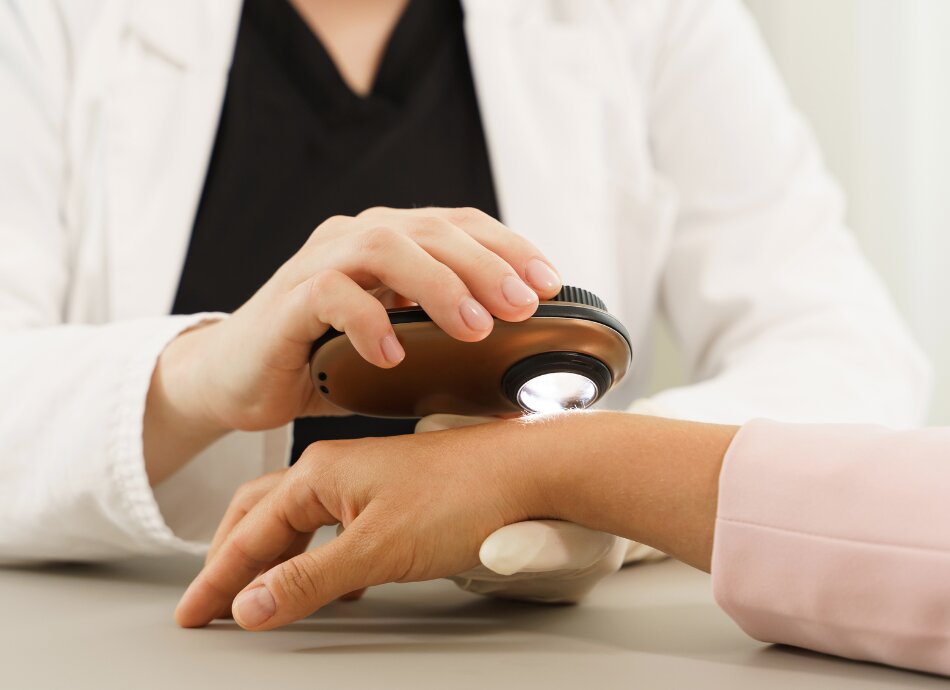1. Check your skin
Check your skin regularly (about every 3 months) so you can spot any changes early. Melanomas can appear anywhere on your body, not only on parts exposed to the sun, so make sure you check your entire body.
Not all melanomas start as a pre-existing mole or lesion so look out for any new spots on your body.
2. Be familiar with the ABCDE of melanoma detection
Think ABCDE when checking existing moles or new spots:
- Asymmetry – one half is different than the other.
- Border – edges are often irregular or ragged.
- Colour – the spot may be uneven in colour, ranging from brown to black.
- Diameter – the spot is changing size.
- Evolution – the spot is new or has changed appearance since you last checked it.
3. Seek professional advice
If you notice any changes or you have any areas of your skin you’re concerned about, see your GP.
4. Don't wait
When melanoma is recognised and treated early enough it’s almost always curable. If in doubt, get it checked out.
5. Know your risk factors
Most melanomas are found in people aged 50 and over but other risk factors include having:
- fair skin
- red or blonde hair
- had previous sunburn
- had previous melanoma
- a family history of melanoma, especially a first-degree relative (such as your mother or father)
- a large number of moles on your skin
- a weakened immune system.
6. Prevention is better than cure
Slip, slop, slap and wrap when you’re out in the sun. Slip on a shirt or sun-protective clothing, slop on some sunscreen, slap on a hat and wrap on sunglasses. Try to avoid being out in the sun when the UV radiation from the sun is the highest, usually between 10am–4pm during daylight saving months.






